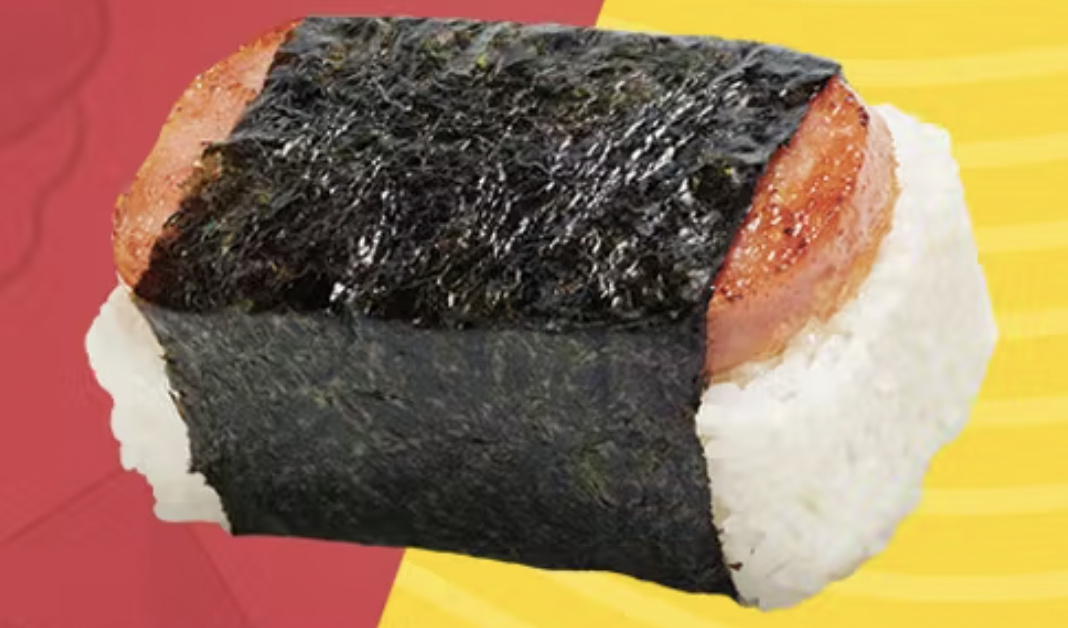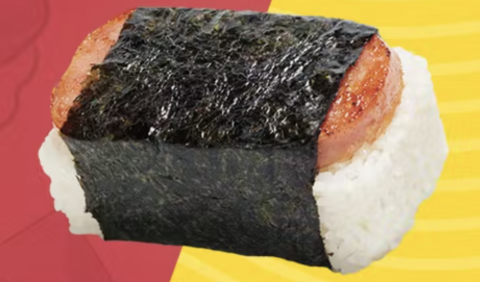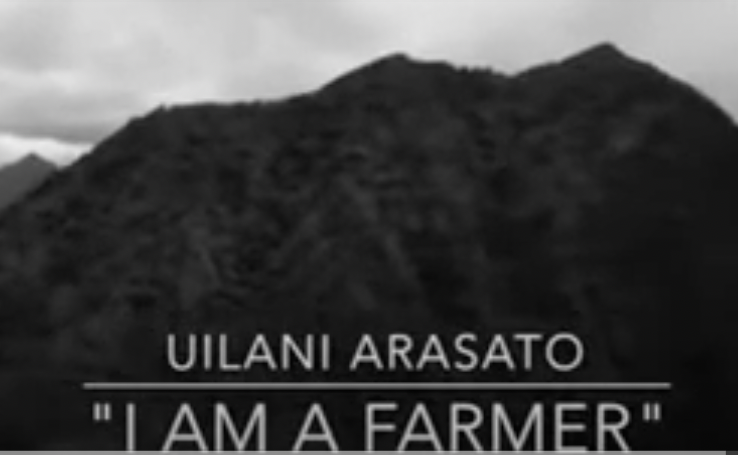Today I am delighted to feature my friend, the talented Native Hawaiian author Tammy Paikai. Her five picture books cover subjects that teach children important life lessons but do so in a fun and approachable way that kids — and their parents — love.
Aloha, Tammy. It’s so good to talk with you! For those who haven’t met you, could you please tell us a little about yourself?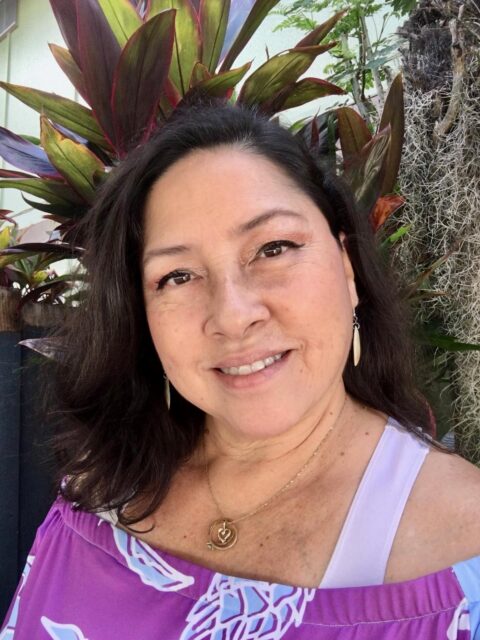
I like to describe myself as a kind and good person. I was inspired by my father who was my role model growing up. He was a gentle soul, yet had a witty sense of humor that always made me laugh.
Being a young mom of three wonderful children, my first career was to help support my growing family. I worked for 20 years at The Plaza Hotel by the Honolulu International Airport as the Senior Reservations Clerk. In the hospitality industry I could help others and that gave me the most satisfaction.
My second career was for me because I had always wanted to do something creative in my life. I worked for Island Heritage as a Customer Service Representative and Front Office Administrator for 17 years, and it was such a joy to be around so many creative people. I feel so blessed that Island Heritage gave me the opportunity to write books for children. It has really been a dream come true.
Where did you grow up? What high school did you grad from?
Although I was born in Honolulu, Hawaiʻi, my elementary years were mostly spent in Reseda, California. I returned back to Hawaiʻi when I was 10 years old and attended several schools on the West side of the island. I eventually graduated from Aiea High School. Living in Hawaii was where I learned about all the different ethnicities and cultures of the islands.
Who is your biggest supporter?
My biggest supporters are my family, especially my husband of 40+ years. He always believed in me and my talent. To this day he loves to share my stories with his young students. He has been a Hawaiian Studies teacher since 1988. I am so happy that he can share these stories with a message of aloha, sharing, laughter, fun and self-confidence.
Why did you become a writer? What inspired you to write for children?
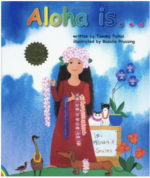 It was a desire deep inside of me to be creative. From childhood, I drew cartoons and wrote poetry for fun. At Island Heritage I wanted to try my hand at being a writer. The Creative Director suggested that I submit a manuscript. I came up with a little poem called, Aloha Is…,and it was accepted and published in 2006. To this day, it is still one of Island Heritage’s Best Sellers. This story is in rhyme and shares the many meanings of aloha. Illustrated by Rosalie Prussing, the pictures are absolutely a work of art! I wanted to write for the children of Hawaii to give them books about “us.” I was very lucky to be partnered with great artists that brought my stories to life. Their talents helped me share the beauty of our people, our values, our lifestyle and our home.
It was a desire deep inside of me to be creative. From childhood, I drew cartoons and wrote poetry for fun. At Island Heritage I wanted to try my hand at being a writer. The Creative Director suggested that I submit a manuscript. I came up with a little poem called, Aloha Is…,and it was accepted and published in 2006. To this day, it is still one of Island Heritage’s Best Sellers. This story is in rhyme and shares the many meanings of aloha. Illustrated by Rosalie Prussing, the pictures are absolutely a work of art! I wanted to write for the children of Hawaii to give them books about “us.” I was very lucky to be partnered with great artists that brought my stories to life. Their talents helped me share the beauty of our people, our values, our lifestyle and our home.
What do you enjoy most about writing for kids? What are some of your greatest challenges in writing for children?
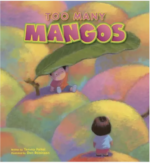 I really enjoy when the kids connect with my stories. Like in Too Many Mangoes, perhaps they have mangoes that they have shared with their neighbors or maybe they have a hard-of-hearing grandpa too. I am in awe when someone says that my book is one of their favorites. Never in my wildest dreams did I think that would ever happen! It makes me feel so proud that I can bring joy to others in my own little way. My greatest challenge would be coming up with an idea for a story. I want all of my stories to be upbeat and positive. I want to give a good message to the children and make them smile.
I really enjoy when the kids connect with my stories. Like in Too Many Mangoes, perhaps they have mangoes that they have shared with their neighbors or maybe they have a hard-of-hearing grandpa too. I am in awe when someone says that my book is one of their favorites. Never in my wildest dreams did I think that would ever happen! It makes me feel so proud that I can bring joy to others in my own little way. My greatest challenge would be coming up with an idea for a story. I want all of my stories to be upbeat and positive. I want to give a good message to the children and make them smile.
What are your hopes and dreams for the year and beyond in terms of your writing career and what you would like to see published in the future?
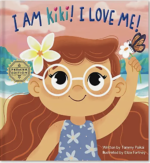 Right now I am just enjoying my latest book, I am Kiki! I Love Me! which just came out this summer 2022. The story begins with Kiki singing a song to herself on the beach of Hawaiʻi until a volleyball player teases her for being so short. Kiki loves herself and won’t let others bring her down. Illustrated by Eliza Fortney, the beach scenes are absolutely beautiful with lots to look at.
Right now I am just enjoying my latest book, I am Kiki! I Love Me! which just came out this summer 2022. The story begins with Kiki singing a song to herself on the beach of Hawaiʻi until a volleyball player teases her for being so short. Kiki loves herself and won’t let others bring her down. Illustrated by Eliza Fortney, the beach scenes are absolutely beautiful with lots to look at.
I have been waiting a very long time to have this story published. I love this story because I hope to inspire young children to simply love themselves the way they are and not let others make them feel bad about themselves. Also, I was able to add a little poetry in the story which is a fun touch for Kiki’s confidence.
There are not a lot of stories for or by Native Hawaiians and Pacific Islanders. Why do you think that is? What do you think we can do the change that?
We should always encourage people to share their own stories. Like my co-worker simply encouraged me to submit a manuscript, I thought it would be harder than that. Years, later I encouraged a friend to submit a manuscript, now she is a published children’s author at Island Heritage too.
What advice do you have for aspiring writers?
If I can do it, so can you! Write what you know about, what you enjoy, what you love, etc. Also, read it out loud to yourself, over and over again to make sure it is just right. Have a good message or moral if it is a children’s story. Take pride in your work!
Which of your books did you have the most fun writing? Which were the most challenging?
I enjoyed writing Too Many Mangoes, a story about sharing. Grandpa has so many mangoes that he asks his grandchildren to share the mangoes with the neighbors. Illustrator Don Robinson’s characters are so delightful. I was able to incorporate my family’s names in the story, and I really did climb my Grandpa’s mango tree when I was a child. By the way, my grandpa’s name was Mr. Wong, just like the in the story!
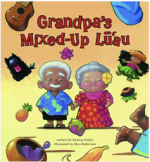 Which were the most challenging? I wanted to do a funny book with rhymes. Grandpa’s Mixed-Up Lūʻau is what happens when a lovable, but hard-of-hearing Grandpa tries to help Grandma get ready for a lūʻau. Also illustrated by Don Robinson, the story unfolds with his beautiful pictures. At first things were flowing nicely: “boy” rhymes with “poi,” “Malia” rhymes with “haupia.” But I struggled with a rhyme for “kalua pig.” Then inspiration came from above, “Canoe that’s big!”
Which were the most challenging? I wanted to do a funny book with rhymes. Grandpa’s Mixed-Up Lūʻau is what happens when a lovable, but hard-of-hearing Grandpa tries to help Grandma get ready for a lūʻau. Also illustrated by Don Robinson, the story unfolds with his beautiful pictures. At first things were flowing nicely: “boy” rhymes with “poi,” “Malia” rhymes with “haupia.” But I struggled with a rhyme for “kalua pig.” Then inspiration came from above, “Canoe that’s big!”
What’s your experience with publishing your books?
It’s been excellent! The Creative people at Island Heritage, a.k.a. The Madden Corporation were not only professional but super creative and extremely talented. I’m sure it helped me by being a co-worker/friend to the Creative Department. Their website has not only my books but also they have beautiful Hawaiian themed gifts and souvenirs.
Where do you get ideas for your books?
 Honesty, I believe my inspiration comes from “above.” Something happens and the title pops in my head and the writing part comes easy after that. For example, one day my neighbor came to our house and asked if we saw her pet turtle that they lost. I thought to myself, Honu, Honu, Where are You? and then wrote the rhyme for that playful story about baby dolphin looking for his friend, Honu, the sea turtle. Yuko Green who cleverly illustrated the book using flaps to help hide the turtles in this story.
Honesty, I believe my inspiration comes from “above.” Something happens and the title pops in my head and the writing part comes easy after that. For example, one day my neighbor came to our house and asked if we saw her pet turtle that they lost. I thought to myself, Honu, Honu, Where are You? and then wrote the rhyme for that playful story about baby dolphin looking for his friend, Honu, the sea turtle. Yuko Green who cleverly illustrated the book using flaps to help hide the turtles in this story.
Another time, my daughter was telling me that she put capers in her salmon dish. I heard “papers” and questioned her about what kind of papers? She was annoyed, but I thought it was funny. So I came up with Grandpa’s Mixed-Up Luau.
Which characters do you relate with easily? Why?
Kiki would be the character that I most relate too. She is short, wears glasses and is happy-go-lucky. As a young girl my brother would tease me and I didn’t stand up for myself. I wrote Kiki wanting young girls to love themselves so that if others tease her, it would not affect her self-esteem. My daughter was working on a project a few years ago about empowerment for women of color. That project inspired me to write I am Kiki! I Love Me!
This is great, Tammy. Anything else?
Mahalo to my long time friend, Kamalani Hurley. I am so honored for her to share my humble story. Also, many thanks to the people of Hawaii for making me feel special and embracing my stories that I really loved writing. Dreams do come true, thanks to you!
Mahalo to YOU, Tammy! We look forward to many more of your stories for keiki! To contact Tammy Paikai and learn more about her books, please visit the Island Heritage website



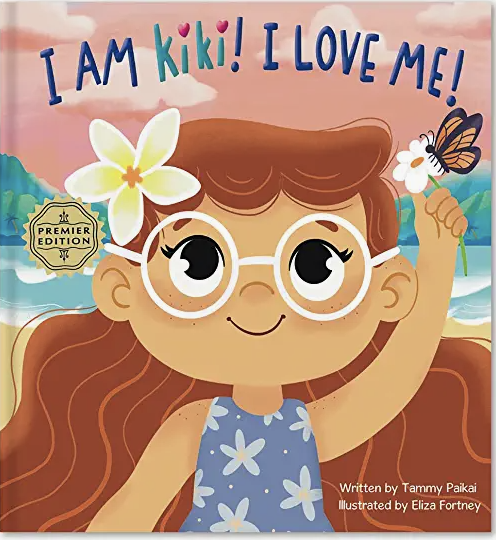

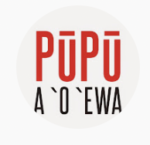 Native Hawaiians look to our kūpuna — our elders — to help us find our pathways through life. They guide us by their spiritual wisdom through personal, familial or community difficulties. Kūpuna are the source of experience, knowledge, guidance, strength and inspiration to the next generations, a rich resource to contribute to the betterment of the Hawaiian people.
Native Hawaiians look to our kūpuna — our elders — to help us find our pathways through life. They guide us by their spiritual wisdom through personal, familial or community difficulties. Kūpuna are the source of experience, knowledge, guidance, strength and inspiration to the next generations, a rich resource to contribute to the betterment of the Hawaiian people.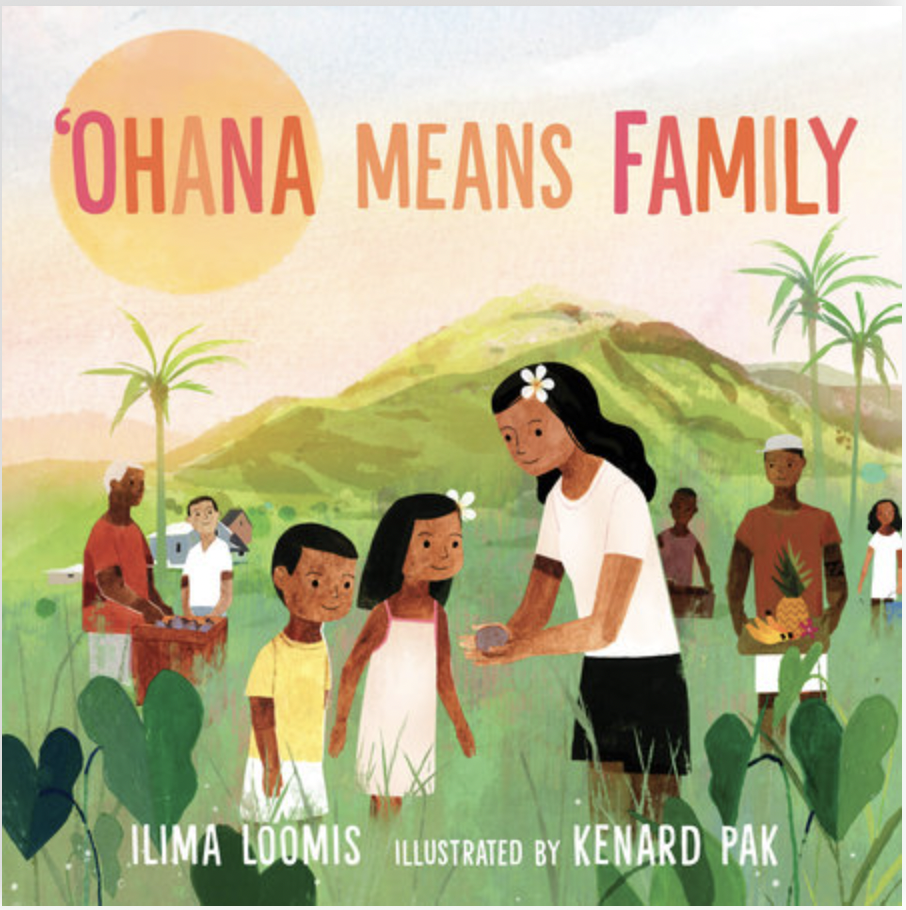

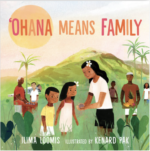
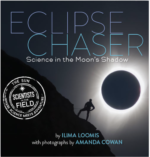
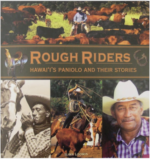
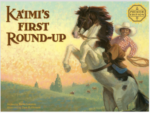

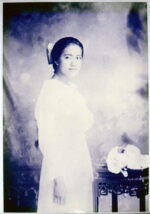 Her name was Violet Kawaikoeahiokekuahiwi Wong Hoe, and she was my father’s mother. Born in 1900 to a pure Hawaiian woman and a Chinese laborer who came to work on a sugar plantation, Grandma was the single most influential person in my life. She was my link to being Hawaiian.
Her name was Violet Kawaikoeahiokekuahiwi Wong Hoe, and she was my father’s mother. Born in 1900 to a pure Hawaiian woman and a Chinese laborer who came to work on a sugar plantation, Grandma was the single most influential person in my life. She was my link to being Hawaiian.